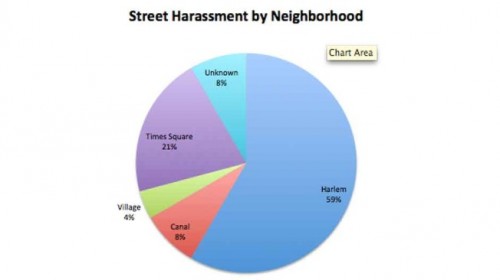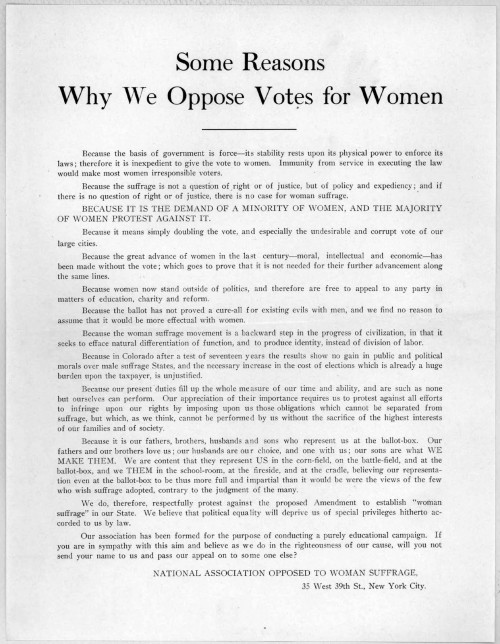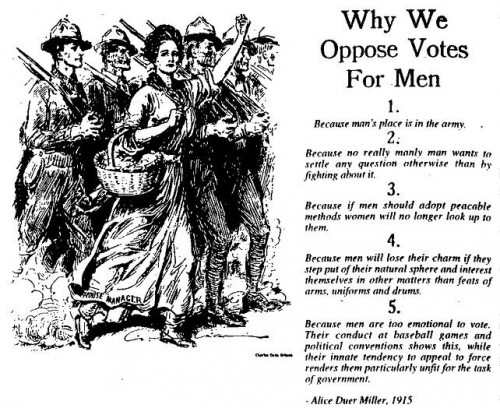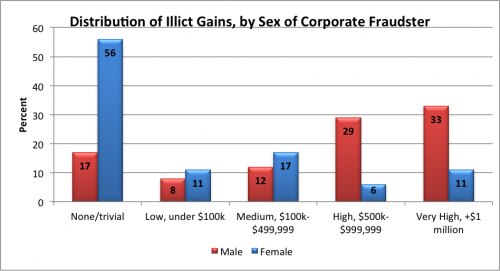 This is one of the most demoralizing ads I’ve seen in a long time. It’s an Australian ad for Snickers in which construction workers on a busy city street yell pro-feminist comments at women, like “I’d like to show you the respect you deserve” and “You want to hear a filthy word? Gender bias” and “You know what I’d like to see? A society in which the objectification of women makes way for gender neutral interaction free from assumptions and expectations.”
This is one of the most demoralizing ads I’ve seen in a long time. It’s an Australian ad for Snickers in which construction workers on a busy city street yell pro-feminist comments at women, like “I’d like to show you the respect you deserve” and “You want to hear a filthy word? Gender bias” and “You know what I’d like to see? A society in which the objectification of women makes way for gender neutral interaction free from assumptions and expectations.”
The construction workers are actors, but the women on the street are (or appear to be) real and their reactions authentic. The first thing women do is get uncomfortable, revealing how a lifetime of experience makes them cringe at the prospect of a man yelling at them. But, as women realize what’s going on, they’re obviously delighted. They love the idea of getting support and respect instead of harassment from strange men.
This last woman actually places her hand on her heart and mouths “thank you” to the guys.
And then the commercial ends and it’s all yanked back in the most disgusting way. It ends by claiming that pro-feminist men are clearly unnatural. Men don’t respect women — at least, not this kind of man — they’re just so hungry they can’t think straight.
The twist ending is a genuine “fuck you” to the actual women who happened to walk by and become a part of the commercial. I wonder, when the producers approached them to get their permission to be used on film, did they tell them how the commercial would end? I suspect not. And, if not, I bet seeing the commercial would feel like a betrayal. These women were (likely) given the impression that it was about respecting women, but instead it was about making fun of the idea that women deserve respect.
What a dick move, Snickers. I hope you’re happy with your misogynist consumer base, because I don’t think I can ever buy a Snickers bar again. What else does your parent company sell? I’ll make a note.
[youtube]https://www.youtube.com/watch?v=MqgjTZQiySw[/youtube]
A petition has been started to register objections to the commercial. Thanks to sociologist and pro-feminist Michael Kimmel for sending in the ad. Cross-posted at SoUnequal.
Lisa Wade, PhD is an Associate Professor at Tulane University. She is the author of American Hookup, a book about college sexual culture; a textbook about gender; and a forthcoming introductory text: Terrible Magnificent Sociology. You can follow her on Twitter and Instagram.











